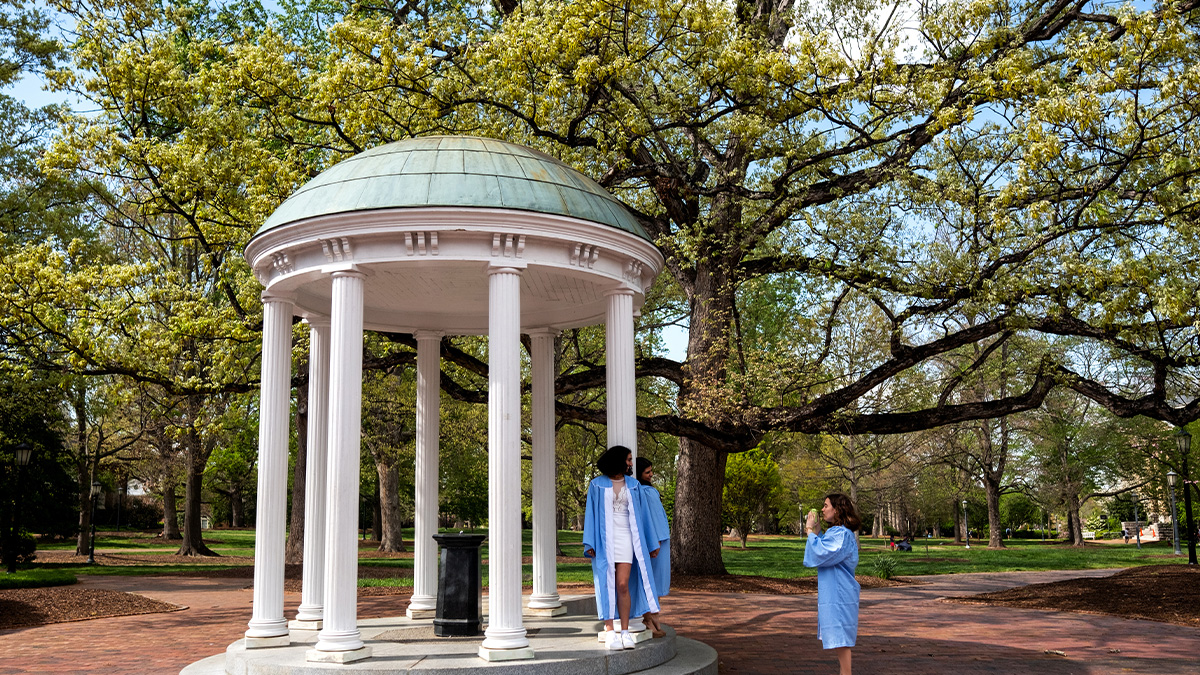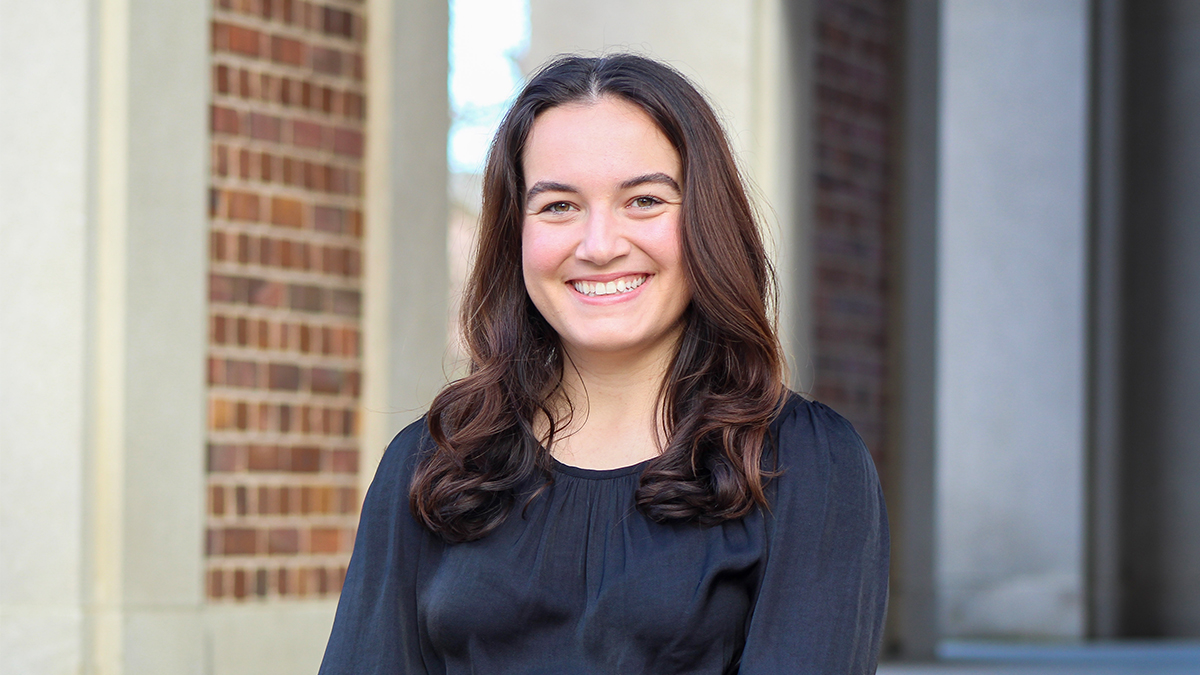Celebrating survival
In 2008, the state of North Carolina reported a reduction in the rate of new HIV infections; this decrease has continued over recent years.
When it emerged in the 1980s and into the early 1990s, HIV/AIDS was a universally fatal disease. Now, thanks to decades of basic science research, clinical trials and consistent patient care – much of it involving UNC School of Medicine researchers and physicians — it is considered a chronic disease, and experts can see a way to end to the epidemic.
“It is clear that North Carolina’s statewide HIV prevention strategy to encourage early HIV testing and linkage to care and treatment is working,” said Evelyn Foust, director of the N.C. Division of Public Health Communicable Disease Branch.
They know what works thanks in part to the patience and perseverance of thousands of patients – patients who were honored Sept. 12, when the UNC Hospitals Infectious Diseases Clinic hosted a first-of-its-kind celebration gala to pay tribute to those who have been living with HIV infection for more than 20 years. The event was co-sponsored by the Foundation for AIDS Research (AmfAR), and it brought together patients, doctors, researchers, state officials and individuals from industry.
In 2008 the state of North Carolina reported a reduction in the rate of new HIV infections; this decrease has continued over recent years.
That reduction – and the optimism for the end of HIV/AIDS — is based on effective drugs that reduce the amount of virus present in an HIV positive individual.
“We want to increase the number of patients with viral suppression because we know that when their viral load is controlled, not only are they healthy, but they are much less likely to transmit the virus to others,” said Foust.
This concept was demonstrated during a clinical trial called HPTN052, led by Myron Cohen, Vice Chancellor for Global Health and head of infectious diseases at UNC-Chapel Hill. The results of that study were published in 2011, and “Science” named the study the “Breakthrough of the Year.”
These advances in treatment are the result of decades of research in labs and then in large clinical trials like HPTN052.
“How did I get here? How did medicine get here?” asked Annie, who has been a patient at the UNC Hospitals Infectious Diseases Clinic since 1997 and has participated in clinical trials; she asked to be identified by an alias. “Through a study or research that was done a couple years. So, that’s how I give back.”
It has been a long, sometimes painful journey, though.
“Prior to 1995, we saw a lot of death,” said Lynda Bell, Adult Nurse Practitioner and Associate Director of the UNC Health Care Infectious Diseases Clinic.
But then in 1995, highly active antiretroviral therapies became available — and they worked: “Suddenly, I saw a change in my patients,’’ Bell said. “They had a new perspective on life.”
The gala, Bell’s inspiration, was about celebrating those patients who survived and honoring those who did not. Bell witnessed the courage it took for patients to continue with their medications, despite extremely unpleasant side effects. She also witnessed patients overcoming barriers to treatment, from the practical — dealing with transportation and childcare issues — to the emotional — most prominently, the stigma associated with living with HIV.
What she’d like to witness next: an end to the disease.
“I predict, although my colleagues think I’m crazy, I predict that within the next 10 years we’re going to see a cure,” she said.
In the interim, staying in care is vital to staying well. The health of an HIV positive patient depends on receiving care from a multidisciplinary team of nurses, doctors, pharmacists, mental health specialists and financial counselors.
“If you’re blessed to get with somebody you shows compassion, explains things to do, and makes you feel good about yourself” Annie said. “If you hook up with a health care system where they show compassion and care, like you are their best friend, that means a lot. You need somebody to talk to and you need to talk to somebody who has knowledge. I didn’t get here by myself.”
UNC’s clinic is notable because many of the infectious disease specialists have seen the same patients regularly since their diagnosis – some, like those who attended the Sept. 12 celebration, for more than 20 years.
What is also unique is the relationship between the state and the UNC Hospitals Infectious Diseases Clinic.
“Between the state’s services and UNC’s clinic,” said Foust, “we can provide wraparound services that help us to keep up with the 36,000 people living with HIV in North Carolina.”
It’s a vastly different world now for a patient diagnosed in 1994 compared to one diagnosed in 2014.
Dr. Cynthia Gay, an Assistant Professor of Medicine in the School of Medicine, tells her patients recently diagnosed with HIV: “’Whatever dreams or plans you had before you got that call, before someone sat you down and told you had HIV, these do not need to change. If you can do two things you’re going to do well. The two things are: stay in care, which means you have to come see some kind of a provider regularly. And then when it’s time … to take treatment, you take it everyday.’”
HIV infection is a manageable disease. That’s the information the state of North Carolina is trying to get out to citizens, as well. “Our message is: Get Real. Get Tested. Get Care. We are not going to leave anyone behind,” said Foust.
As evidenced by the 349 clinic patients who have survived the infection for two decades or more and were invited to the Sept. 12 event.
“I love my life. I don’t get sick. I feel good,” Annie said.
“We all have to die, but we don’t have to die from this.”




